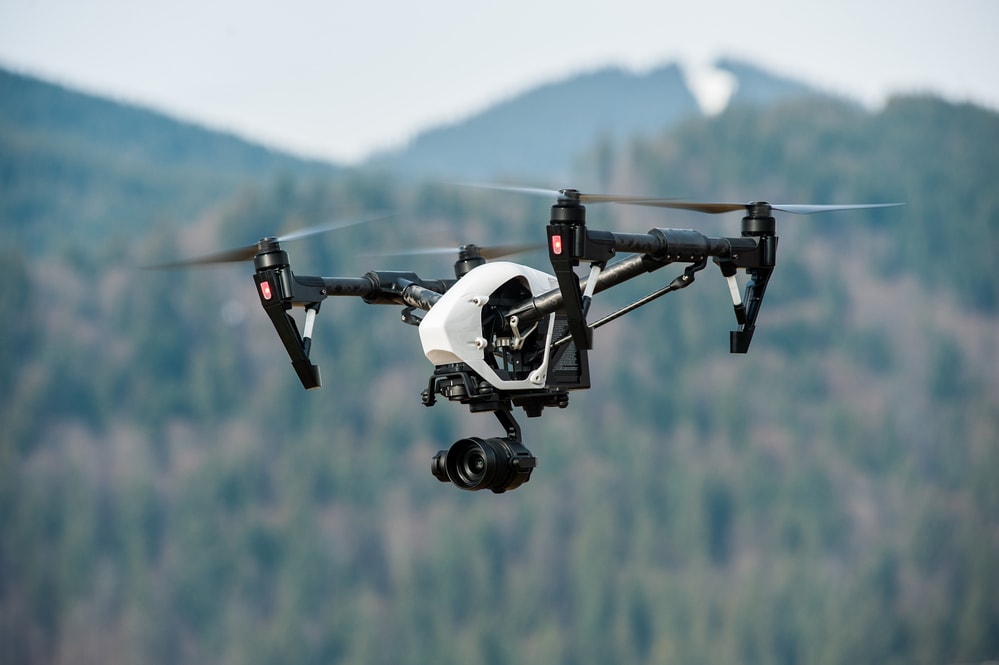Mosaic Warfare and Its Relationship with Science

U.S. military tactics are in the midst of what is arguably the most profound tactical transition in modern history. Thanks to the way modern warfare is waged, the best minds in the military are transitioning our forces to something known as ‘mosaic’ warfare. Making that transition successfully requires the marriage of military tactics with scientific research.
Mosaic warfare is so named due to the way military assets are utilized. Think of it in terms of a jigsaw puzzle versus a mosaic. A jigsaw puzzle relies on hundreds of interlocking pieces that must be placed in just the right position. Pieces only go together one way.
A mosaic is different in that an artist can arrange different pieces in different ways to create the desired effect. Pieces of similar size, shape, and color can be re-arranged and moved around without negatively affecting the finished piece. Asset management in a mosaic warfare scenario relies on a similar kind of flexibility.
Conducting War at a Distance
Long gone are the days of lining up soldiers and mechanical assets and trading volleys with the enemy. War is now conducted at a distance. Furthermore, the modern battlefield evolves at breakneck speed as compared to the battlefields of both World Wars, Korea, and Vietnam.
The speed at which battlefields evolve requires faster decisions. It requires faster resource deployment and a more efficient allocation of said resources. None of this happens without science. None of that happens without highly advanced sensor technology, artificially intelligent software, etc.
So where are we in terms of successfully conducting mosaic warfare? We are making progress. A recent article published by Military & Aerospace Electronics says the U.S. military recently announced a brand-new science-based project designed to improve our mosaic capabilities. The project includes developing new “multi-mode electro-optics, sensors, and exploitation techniques.”
Mosaic Warfare is Remote
A key component of mosaic warfare is its remote nature. Back in World War I, pilots had to get up close and personal with their targets in order to be effective. By the time Vietnam rolled around in the late 1960s, distances between pilots and targets had been expanded significantly.
Today it is not even necessary to put a pilot in the plane. We can send high-powered drones into the air. Some carry out their missions autonomously; others are controlled from the ground by pilots who could literally be hundreds of miles away from the target zone.
Modern technology has made warfare a remote experience. Thus the need for new sensor technology capable of dealing with much larger data sets. Rock West Solutions, a California company that works to develop military sensors, explains how important signal processing is to the modern, remote battlefield.
Signal Processing Isolates Data
Signal processing is the ability to analyze data streams in order to isolate only that information deemed necessary. A good way to understand it is to imagine yourself looking across miles of open land at a clump of trees in the distance. You cannot see those trees in detail because your field of vision is too large.
Grab a pair of binoculars and things change. Not only is the image of the tree magnified, the binoculars also reduce your field of vision dramatically. Thus, they allow your eyes to focus on the trees.
The new sensors required of mosaic warfare need to do the same thing with remote data. They need to be able to filter large data sets in order to zero in on only that information necessary to achieve the intended goal. As such technologies evolve, so will mosaic warfare.











